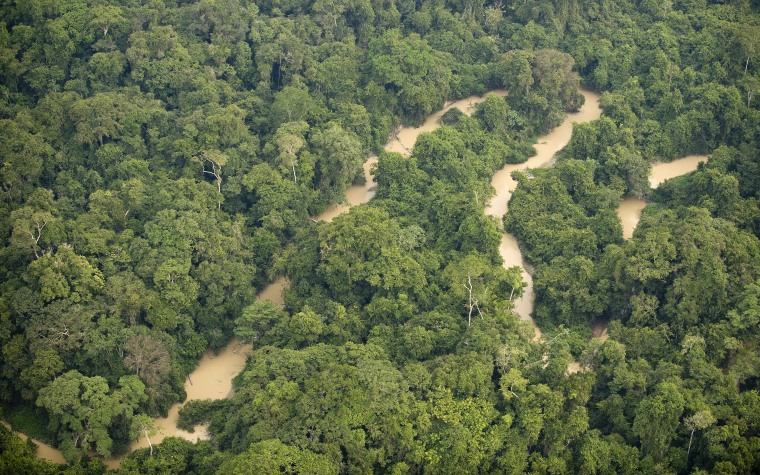Usually when we worry about global warming, carbon is all we think about. But it turns out we have a new element to worry about: nitrogen.
Specifically, the lack of it.
Humanity's carbon-belching habit is a feast for plants, which consume the greenhouse gas carbon dioxide (CO2) as they grow. But they also need nitrogen, and, according to a new study, as rising carbon levels fuel more plant growth in the coming decades, Earth's hungry greenery is going to start running low on nitrogen.
That could leave billions of tons of excess carbon in the atmosphere that would warm the climate an additional 1.19 degrees Centigrade (2.14 degrees Fahrenheit) above current estimates by the year 2100.
Nitrogen makes up over 70 percent of our atmosphere, but it's mostly locked away in a chemical bond that plants can't crack. They depend on a few types of nitrogen-fixing plants, which employ soil-dwelling bacteria to convert the nutrient into more usable forms. Outside of agricultural lands, where humans sow fertilizer into the soils, plant growth is mostly limited by whatever nitrogen nature provides.
Because of its complexity, this process was ignored in the computer models used to forecast future warming for the Intergovernmental Panel on Climate Change (IPCC) report in 2007.
"Of all the 11 models the IPCC will be using in its next report, not a single one has yet to consider nitrogen limitation, or limitation from any other nutrient for that matter," Benjamin Houlton of the University of California, Davis said.
This turns out to be a major oversight. Houlton and Ying-Ping Wang of the Commonwealth Scientific and Industrial Research Organization in Australia ran the same models with added information on nitrogen fixing and the global use of artificial fertilizer.
The researcher's results indicate that global warming has been underestimated. In the worst-case scenario, they found that nearly 300 billion tons of carbon could stay aloft in our atmosphere between 1900 and 2100 because of plants' lack of access to nitrogen -- enough to warm the planet an additional 1.19 degrees centigrade (2.14 degrees Fahrenheit)
By comparison, humanity is expected to emit a total of about 850 billion tons of carbon during the same time period, Houlton said. He and Wang's work is due to be published in the journal Geophysical Research Letters.
"This is the first time nitrogen has been incorporated into coupled biosphere-atmosphere models," Yiqi Luo of the University of Oklahoma in Norman said, referring to the style of model that will be used for the next IPPC report, which is due out in 2013.
"They've expanded our capability to evaluate nitrogen's impact on climate change."
